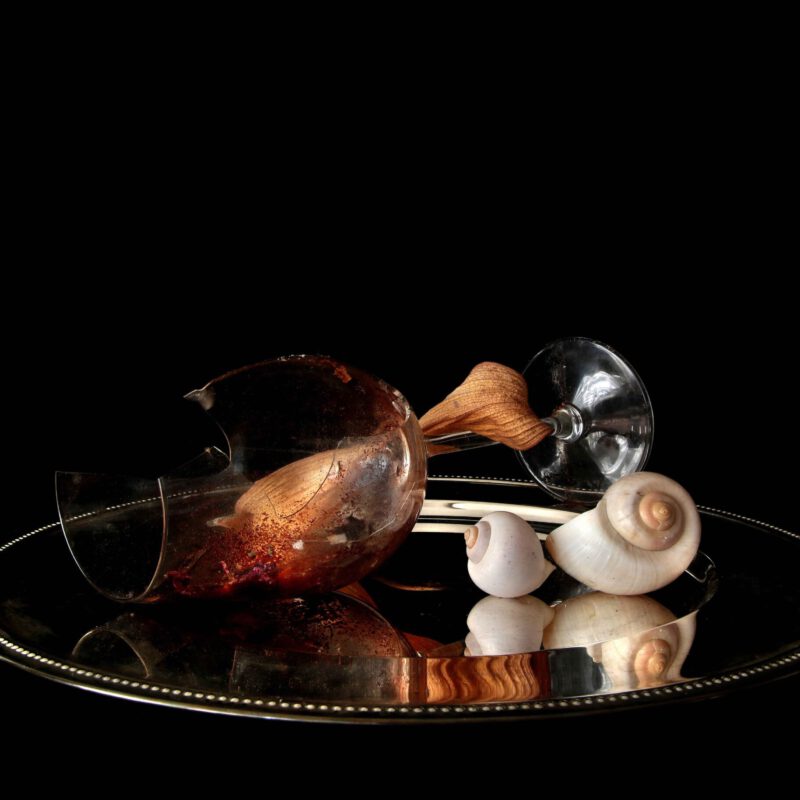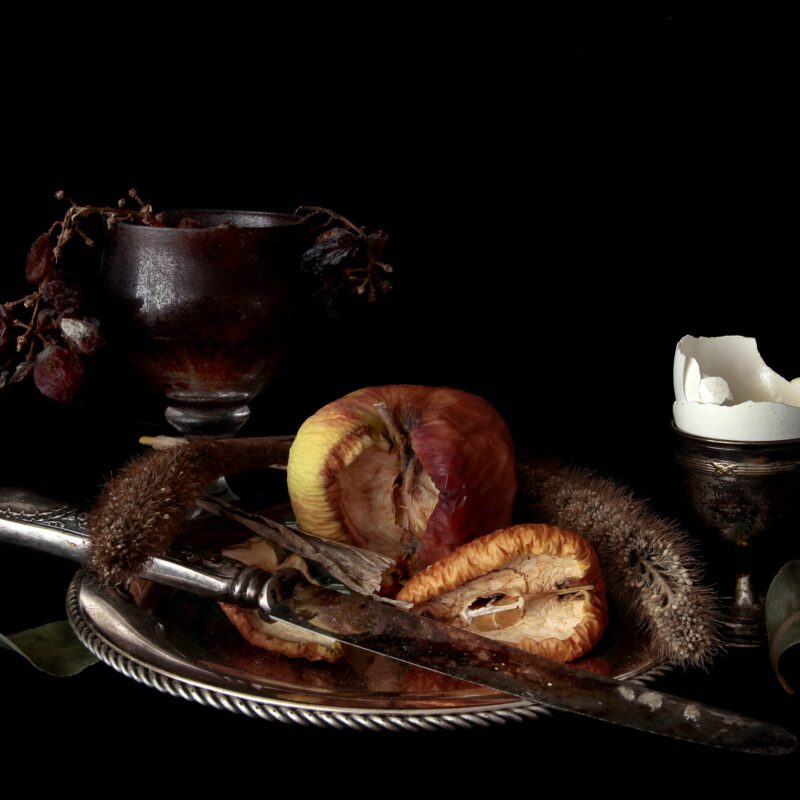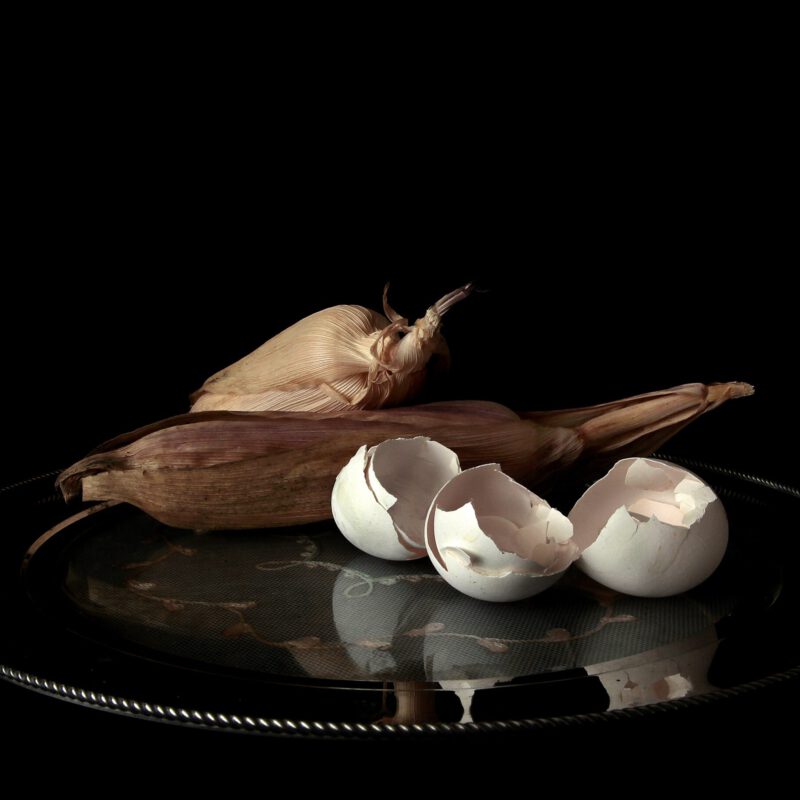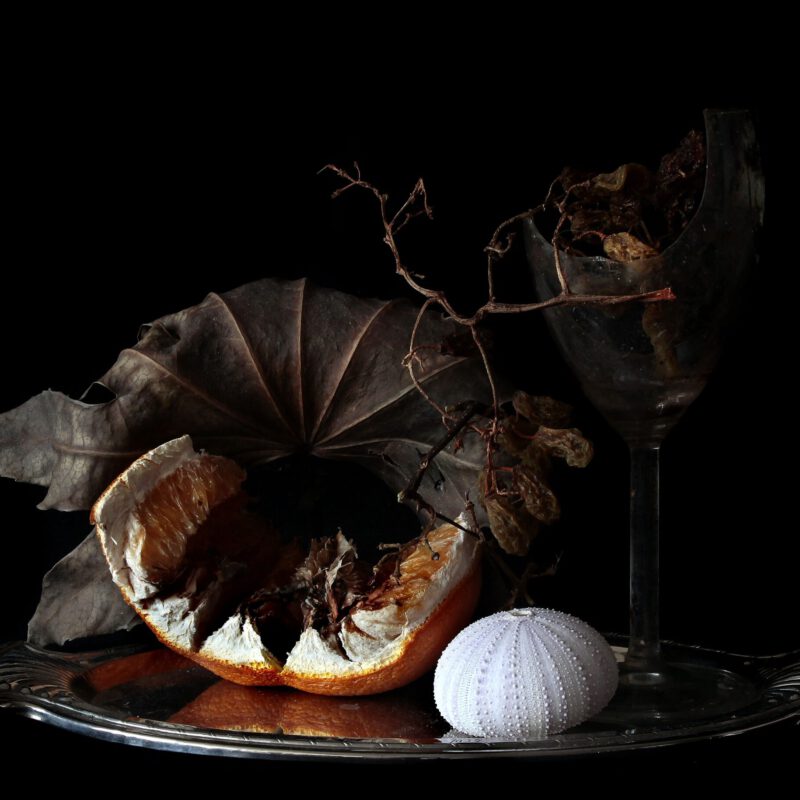Written by:
Looking for a meaningful and timeless way to honor your loved ones?
Consider adding a piece of Vanitas art to your home or office.
View our dedicated category for Vanitas art.
Introduction
Vanitas art is a fascinating genre of painting that has been around for centuries. It emerged in the 16th century and gained popularity in the 17th century in Europe. The art form is characterized by still-life paintings of everyday objects, such as skulls, flowers, and hourglasses. These objects are symbolic representations of the transience of life and serve as a reminder of the inevitability of death. In this article, we will explore the history of vanitas art, its key features, and its enduring legacy.
The Origins of Vanitas Art
Vanitas art originated in the Netherlands in the 16th century. It was a response to the growing wealth and materialism of the time, as well as the increasing religious and philosophical interest in the concept of death. The term “vanitas” comes from the Latin phrase “vanitas vanitatum,” which means “vanity of vanities” or “meaninglessness of earthly life.”
Key Features of Vanitas Art
Vanitas paintings typically feature a collection of objects arranged in a still-life composition. The objects are chosen for their symbolic significance and include skulls, hourglasses, mirrors, musical instruments, flowers, and fruits. These objects represent the fleeting nature of life and the inevitability of death. The use of light and shadow is also a key feature of vanitas art, with the lighting often creating a sense of depth and drama.
Famous Vanitas Paintings
There have been many famous vanitas paintings throughout history, including works by Dutch artists such as Pieter Claesz, Willem Claesz Heda, and Harmen Steenwyck. One of the most famous vanitas paintings is “The Ambassadors” by Hans Holbein the Younger, which features a distorted skull in the foreground of the painting.
The Enduring Legacy of Vanitas Art
Vanitas art has had a lasting impact on the art world and continues to inspire artists today. Its themes of life, death, and the transience of all things have resonated with people for centuries, making it a timeless reflection on the human condition. Contemporary artists, such as Damien Hirst and Jeff Koons, have also been inspired by the vanitas tradition, incorporating similar themes and symbols into their work.
Vanitas Art in Modern Times
Vanitas art continues to be relevant in modern times, as people continue to grapple with the fleeting nature of life and the inevitability of death. Contemporary artists have updated the genre, incorporating new mediums and techniques to create fresh interpretations of the vanitas tradition. Photography, video art, and installations are just a few of the ways that artists have reimagined vanitas art for the modern age.
Conclusion
Vanitas art is a powerful reflection on the human condition, reminding us of the fleeting nature of life and the inevitability of death. Its enduring legacy can be seen in the works of contemporary artists, who continue to be inspired by its themes and symbols. Whether through traditional painting or innovative new mediums, vanitas art remains a timeless reflection on the beauty and fragility of life.
FAQs
- What is the meaning of the term “vanitas”?
- The term “vanitas” comes from the Latin phrase “vanitas vanitatum,” which means “vanity of vanities” or “meaninglessness of earthly life.”
- What are some common objects featured in vanitas art?
- Skulls, hourglasses, mirrors, musical instruments, flowers, and fruits are common objects featured in vanitas art.
- Who were some famous Dutch artists who painted vanitas works?
- Pieter Claesz, Willem Claesz H
Whether you choose a painting or sculpture, a piece of Vanitas art can be a meaningful way to honor and remember your loved ones, while also adding a touch of sophistication and depth to your decor.
If you’re interested in exploring other art styles or themes related to loss and remembrance, consider looking into symbolic art, memorial art, memento mori art, or art that focuses on the beauty of nature and its cyclical nature.
No matter what you choose, adding a piece of art that speaks to you and your loved ones can be a powerful and uplifting way to honor and remember those who have passed.
Below you’ll find some beautiful Still Lifes that one would consider Vanitas artwork.
-
 Natura Morte 5€1.350,00
Natura Morte 5€1.350,00 -
 Natura Morte 4€1.350,00
Natura Morte 4€1.350,00 -
 Natura Morte 3€1.350,00
Natura Morte 3€1.350,00 -
 Natura Morte 2€1.350,00
Natura Morte 2€1.350,00 -
 Natura Morte 1€1.350,00
Natura Morte 1€1.350,00

